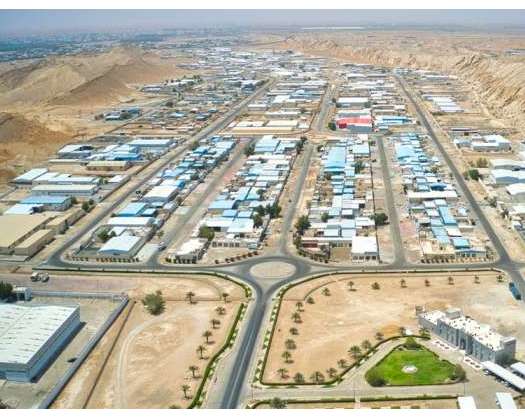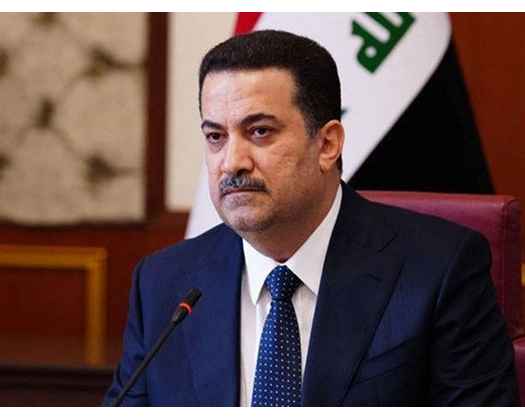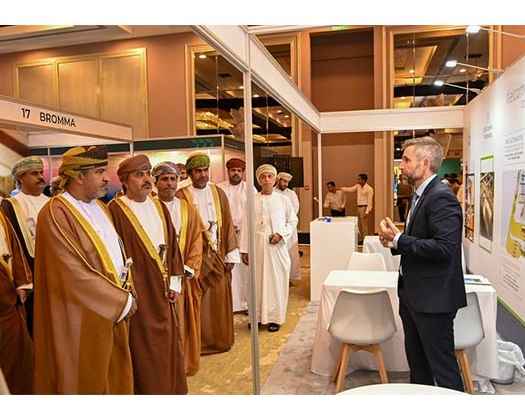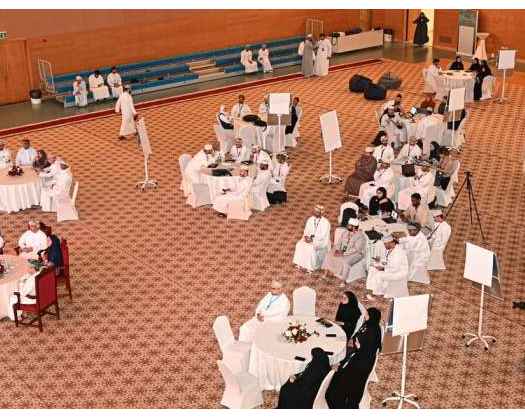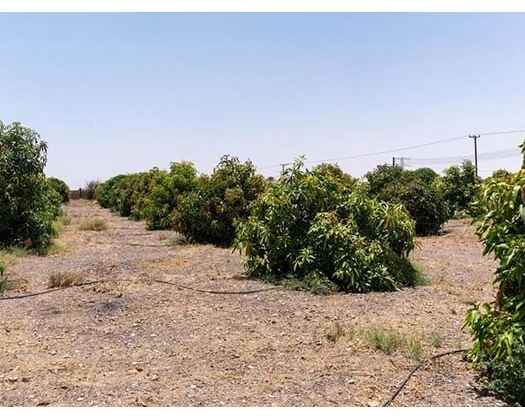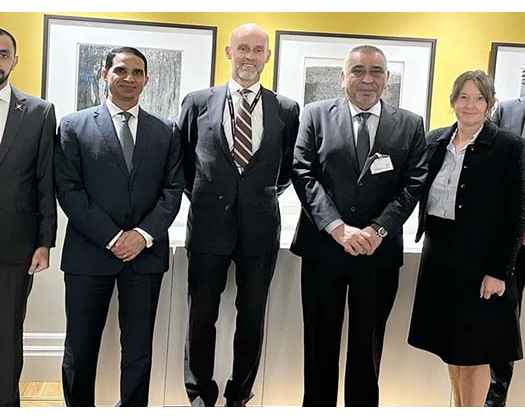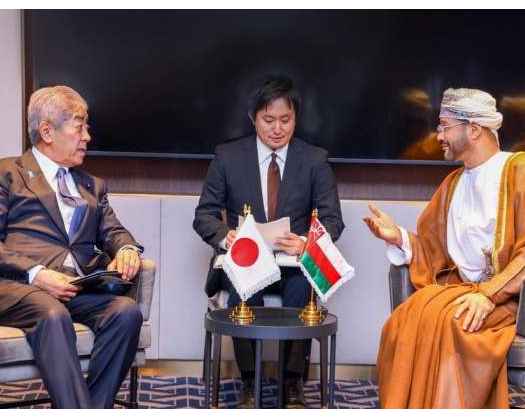Muscat: The Public Authority for Special Economic Zones and Free Zones (OPAZ) has initiated the development of new industrial cities as part of its strategy to enhance the number of industrial establishments, attract investments in the industrial sector, increase the sector's contribution to the gross domestic product, and generate additional job opportunities for Omani youth.
The industrial zones currently under development by the Authority, in partnership with the Public Establishment for Industrial Estates (Madayn), include Mahas Industrial City located in the Wilayat of Khasab, Musandam Governorate, where a contract for road and infrastructure development was signed in October of the previous year. Additionally, Al Mudhaibi Industrial City has seen the signing of an agreement for the localization of its initial projects in the last quarter of the prior year. The tender for the construction of essential infrastructure for the first phase of this city has been issued to specialized companies in both the Sultanate of Oman and the Kingdom of Saudi Arabia, allowing for participation through an Omani-Saudi consortium.
Last year also marked the completion of consultancy services for the design and oversight of construction for Thumrait Industrial City in Dhofar Governorate, as well as the finalization of consultancy services for the master plan of Seeh Al Sarya Industrial City.
Moreover, the consultancy services contract for the master plan and detailed design of Madha Industrial City (Seih Al Wasat) has been awarded. The tender for consultancy services related to the design and supervision of Al Suwaiq Industrial City in Al Batinah North Governorate has been issued, while efforts are ongoing to release the consultancy services tender for Al Wadi Al Kabir Industrial City in Muscat Governorate. Additionally, coordination is in progress with relevant authorities to allocate land for Shinas Industrial City in Al Batinah North Governorate.
The emergence of new industrial cities coincides with heightened activity in special economic zones and free zones, where the total number of industrial licenses reached 183 by the end of 2024 across various regions of the Sultanate of Oman. Industrial cities represented the largest portion of this increase, with 125 licenses issued, accounting for 68 percent of all licenses across the zones overseen by the Authority.
This expansion underscores the growing focus on the industrial sector in Oman, bolstered by incentives from OPAZ to stimulate investment. The special economic zones, free zones, and industrial cities managed by the Authority present a wealth of investment opportunities that foster industrial growth and align with the goals of the Industrial Strategy 2040. This strategy, which received approval from the Council of Ministers last year, aims to promote economic diversification, improve the quality of Omani industrial products, and establish a cutting-edge manufacturing base driven by technology.
The zones under the Authority's management are recognized for their robust infrastructure supporting the industrial sector, including land ready for investment, varied spaces for heavy, medium, and light industries, and essential facilities. Many of these zones also provide access to natural gas, investment incentives, tax and customs exemptions, and additional amenities. Furthermore, they are well-connected to a network of ports and airports, which facilitates both the export of products and the import of raw materials.
In recent years, there has been a notable increase in industrial investment within special economic zones, free zones, and industrial cities, which has positively influenced the national economy by enhancing the local added value of domestic industries and generating more job opportunities for Omani youth in the industrial sector.
OPAZ is dedicated to boosting investments in the industrial sector to enhance the value added by local industries and to leverage domestic raw materials for new investment projects that create additional job opportunities for young Omanis. The Authority also prioritizes fostering innovation within the industrial sector, incorporating technology across various industries, and ensuring the sector's sustainability by protecting the environment and minimizing emissions.
Over the years, economic and free zones, along with industrial cities, have made substantial strides in diversifying their industrial landscape, leading to a rise in the number of industrial establishments. Currently, there are 2,012 manufacturing entities operating in various zones under the Authority’s oversight, spanning a diverse array of industries such as food production, bus manufacturing, pharmaceuticals, veterinary products, textiles, ceramics, construction materials, petrochemicals, iron and metal industries, plastics, packaging, and water production. Micro-enterprises represent the largest segment, constituting 65 percent of these establishments. Collectively, these industries employ over 42,000 workers, both Omani and expatriate, with Omanisation accounting for 24 percent of the total workforce in the sector.
The Special Economic Zone at Duqm (SEZAD) serves as a pivotal industrial investment center, featuring the Duqm Refinery, a crude oil storage terminal, and facilities that support the development of green industries and fisheries-related sectors.
The Public Establishment for Industrial Estates (Madayn) offers a wide range of investment opportunities within the industrial sector across all its industrial cities. In recent years, Madayn has successfully attracted investments in sectors such as building materials, food production, chemicals, pharmaceuticals, and the manufacturing of metals and plastics.
In the Al Mazunah Free Zone, the import and export sector stands out as a key area for investment, leveraging its close geographical ties to the Republic of Yemen. Recently, there has been a notable increase in investor interest in sectors such as food production, water supply, packaging, and other related industries.
The Salalah Free Zone hosts a diverse range of investments, particularly in pharmaceuticals, petrochemicals, mining, and food production. On the other hand, the Sohar Free Zone has positioned itself as a central hub for significant industrial initiatives, particularly in mining, pharmaceuticals, veterinary products, textiles, ceramics, and construction materials.

